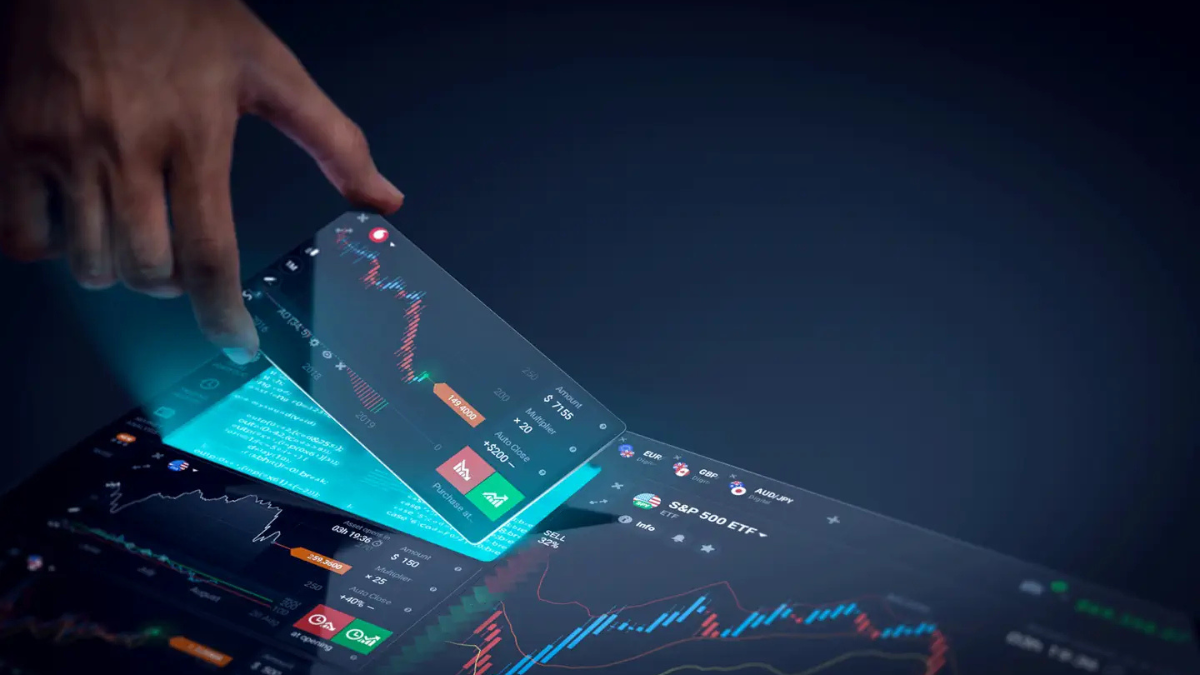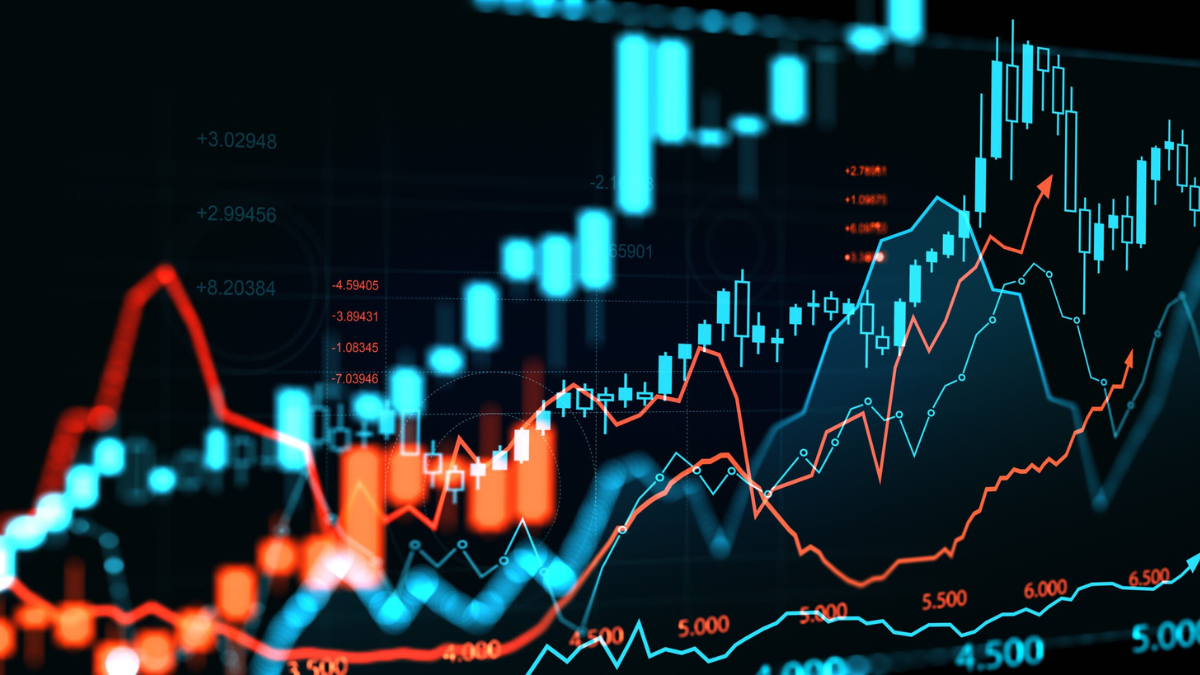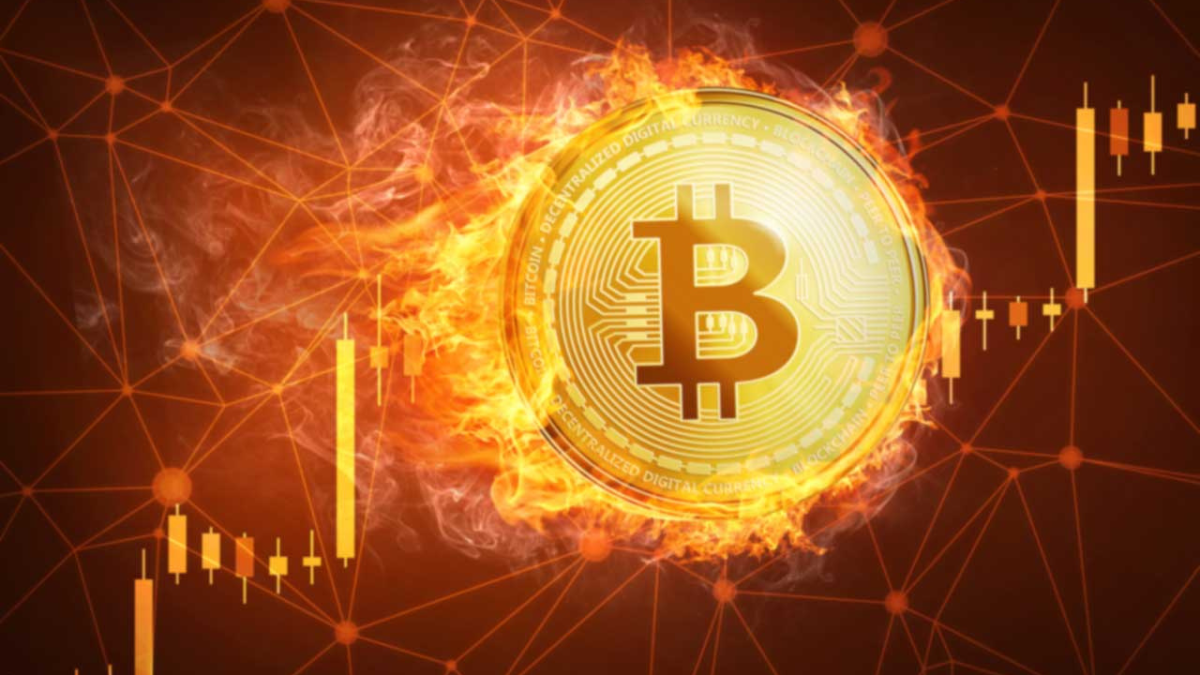Global Markets Shake Amid Dollar Surge and Trade Tensions, Asia Reacts Cautiously

Global markets exhibited renewed volatility on July 9, as President Trump’s ramped-up tariff threats shook financial sentiment worldwide.
The U.S. dollar surged to a 2½-week high, driven by safe-haven inflows. At the same time, copper futures rallied to record levels, riding the wave of a looming 50% tariff, only to retreat as concerns grew over supply chain disruptions.
Asian markets delivered a mixed performance:
| Market | % Change | Insights |
|---|---|---|
| Japan’s Nikkei | +0.3% | Modest gains tied to diplomatic efforts ahead of August deadline |
| South Korea’s Kospi | +0.5% | Lifted by coordinated tariff diplomacy |
| China’s CSI 300 | +0.3% | Marginal rise amid cautious inflation reports |
| Australia’s ASX 200 | –0.5% | Energy and financial stocks under pressure |
| Hong Kong Hang Seng | –0.7% | Affected by regional uncertainties |
Other moves included gold dipping as yields and the dollar strengthened, while oil retreated slightly after recent gains.
Amid this turbulence, analysts maintained that the looming August 1 tariff deadline remains a key leverage point. For example, Capital.com’s Kyle Rodda noted that the sudden shift from a hard deadline to a “firm but negotiable” stance by the White House continues to foster global uncertainty.
Emerging market currencies, such as the Indian rupee, continued to face headwinds amid global trade jitters and a strengthening U.S. dollar.
While uncertainty lingers, market participants are cautiously hopeful that ongoing diplomatic engagement—particularly with pivotal Asia-Pacific allies—could help de-escalate tensions before the tariff deadline.








